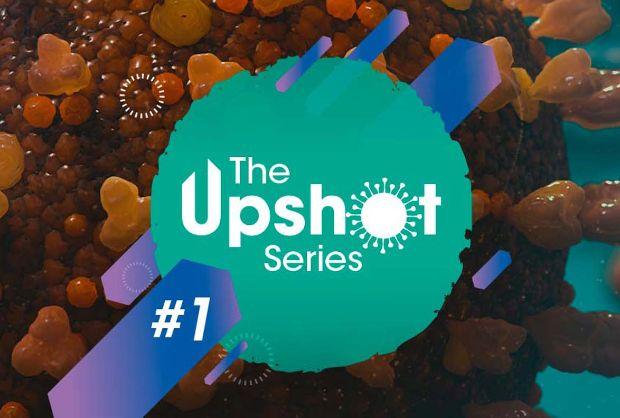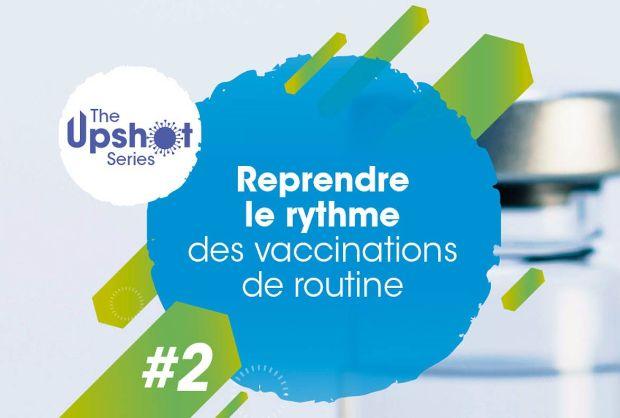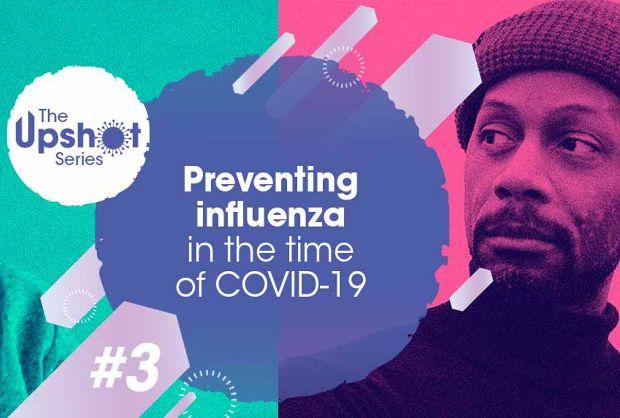Developing Covid-19 vaccines: behind the scenes

When Sanofi teams seek to make a new vaccine, they look to answer one simple question: Can the vaccine do what they expect it to do? In other words, they aim to show that a new vaccine can meet the specific objectives scientists set for it when given to the people who need it most. This is the case for all new vaccines, including those for COVID-19.
Setting vaccine objectives
Before ever working on the liquid in the vial, scientists first study in detail the infection they want to fight. This includes studying how the disease works in the people who are most impacted by it. They want to know who is most likely to fall sick in the most severe way.
Often, the answer is younger children and/or older adults, when the immune system is still developing or is in decline, respectively. In the case of COVID-19 disease, which appears to have less impact on children, the target population for a potential vaccine is largely focused on adults.
Teams then set objectives for the vaccine candidate in terms of levels of immune responses and efficacy by comparing the results of two groups of participants in the target population: those who are given the vaccine with those who are given a placebo.

Vaccines are acceptable with less than 100% efficacy, as determined not only by the researchers developing the product but also by independent experts outside the program. “We consult with scientists at regulatory and public health bodies worldwide, including the World Health Organization (WHO), the US FDA and the European Medicines Agency,” said Isabelle Deschamps, Head of Global Vaccines Public Affairs at Sanofi Pasteur. “Because even with less than 100% efficacy targets, which is the case for COVID-19 vaccines (as outlined by the WHO), vaccines can likely have a significant impact in preventing severe outcomes from the disease, including hospitalizations.”
In other words, some people can still be infected with the virus even after vaccination, but the chances of them having a bad case will be far less than for someone who hasn’t had a vaccine.
This is also true for influenza vaccines that don’t normally reach 100% efficacy, but are still considered successful in both preventing the flu and reducing the risks of its severe consequences. Simply having a vaccine can help save lives and reduce the impact on a country’s healthcare system. In the EU alone, it has been estimated that influenza vaccination may save up to 37,200 lives and €332 million every season. And in children, influenza vaccination resulted in 40-60% reductions in hospital visits due to the disease in the 2018-2019 flu season in the US.
How do Sanofi's clinical trials work?

From vaccine to vaccination
Once the vaccine is ready for clinical trials, Sanofi works with partners in clinical networks, leading experts in hospitals, universities, and other medical centers, to begin constant dialogue and review of the studies, every step of the way. They measure the way the vaccine is working in up to tens of thousands of volunteers, often in multiple countries around the world. They also monitor for safety and Sanofi can decide to stop or pause a trial at any point to investigate potential concerns.
These experts review the full data at each step, ask questions where needed and request more information or clarifications. Once everything is clear across all steps, regulatory agencies in each country or region around the world can assess the data and approve the product for use on the market.
“It’s a true working relationship, with a lot of back and forth until we either proceed with a vaccine, or sometimes, we decide to go back to the drawing board,” said Deschamps.
Even after robust clinical trials have demonstrated vaccines’ safety and efficacy profile, Sanofi continues to monitor its vaccines and report back to government regulators. Said Deschamps: “Our entire job is centered on ensuring each new vaccine stands up to utmost rigorous standards. We will continue to do nothing less in COVID-19 vaccine development.”
Explore more

Vaccines: our best line of defense against infectious diseases like COVID-19

Critical Routine Vaccinations: Getting Back on Track

Preventing the Preventable: Influenza Vaccination in the Time of COVID-19
References
- Preaud E., Durand L., Macabeo B., Farkas N., Sloesen B., Palache A., Shupo F., Samson S.I., & Vaccines Europe influenza working group. (2014). Annual public health and economic benefits of seasonal influenza vaccination: a European estimate. BMC public health, 14, 813. Retrieved from: https://www.ncbi.nlm.nih.gov/pmc/articles/PMC4141103/
- https://pediatrics.aappublications.org/content/early/2020/10/01/peds.2020-1368 last accessed 16-10-2020